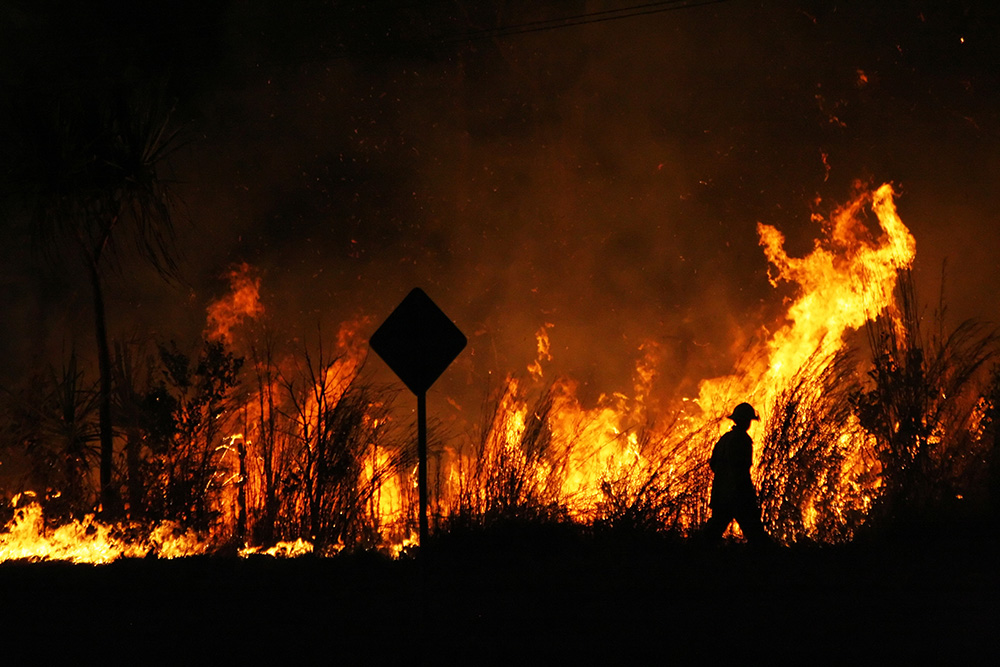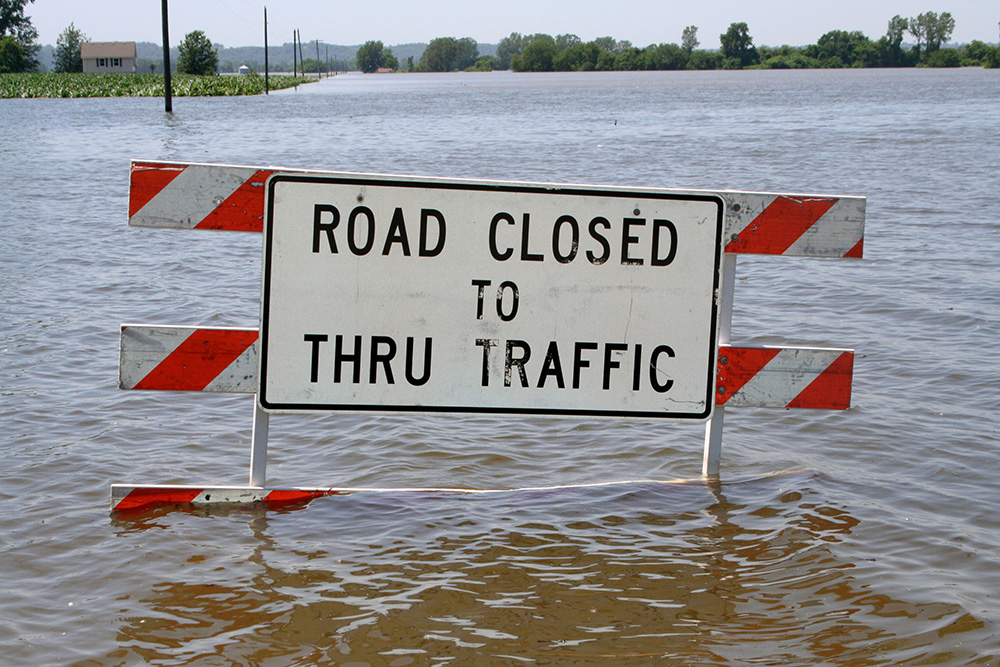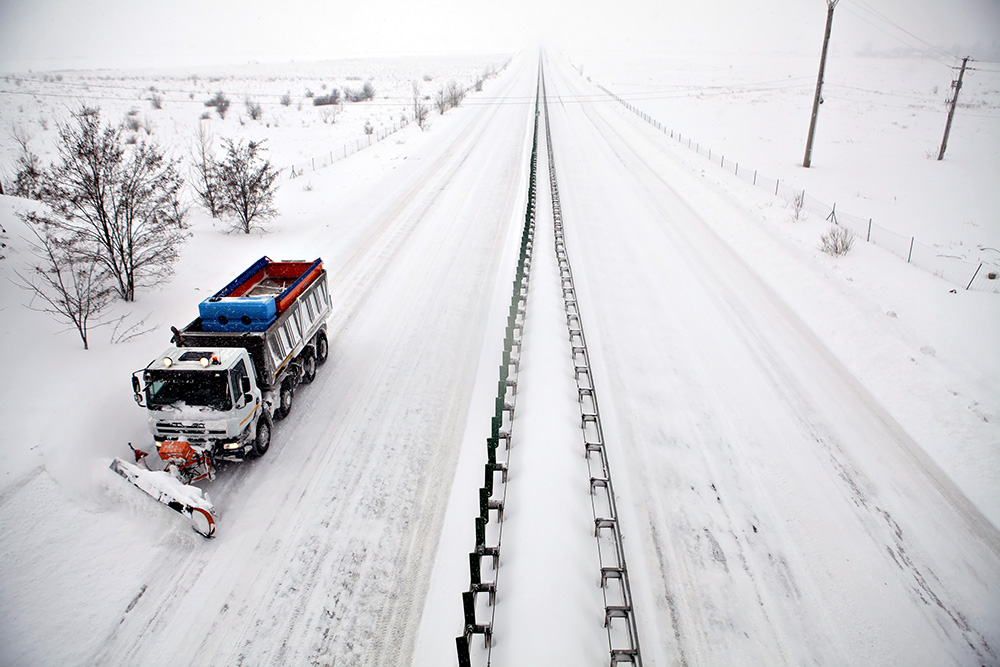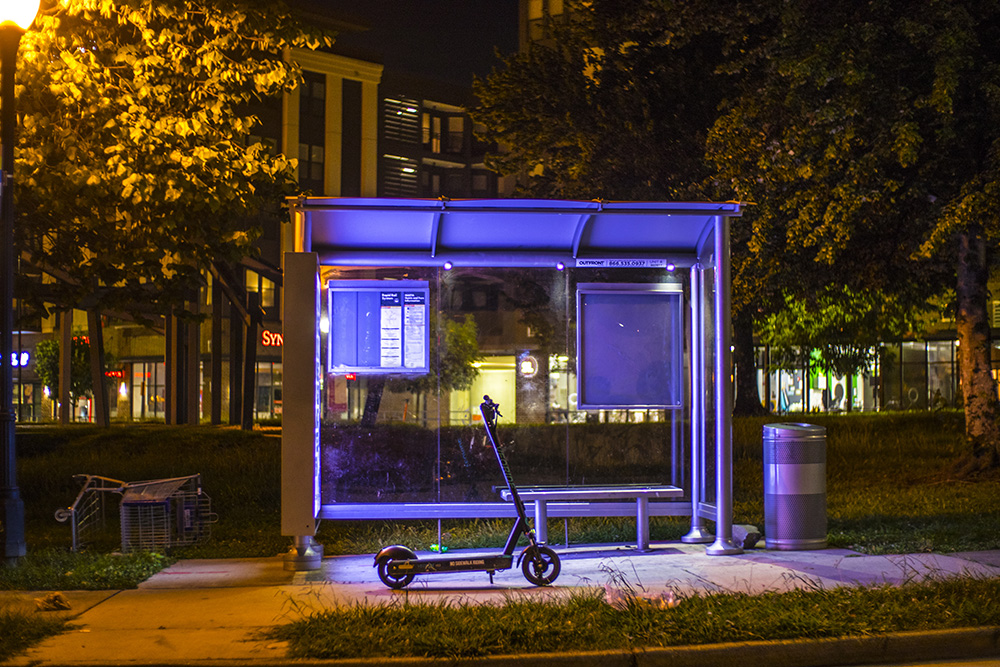
As you might expect, our global transportation network’s success is highly dependent on our planet’s weather. The profession of meteorology began in parallel to the world of aviation because airplanes are clearly influenced by the atmosphere at every step of the way.
However, our other transportation networks, especially our surface transportation system, are no less impacted by weather. We have seen a significant change in the past 50 to 60 years in the demands we place on this network to remain reliable. As an example, all those years ago in the US, the road authority would place a large drum filled with sand and a shovel, in winter, at the base of an incline. Then when it snowed, drivers were expected to use the sand to help them climb the hill. How would a process such as that work in today’s world? Obviously not well. Not only would users not be excited about the idea, but more importantly, this method would be incredibly inefficient for our modern-day road networks.
Infrequent and unreliable
Another example of how our network has changed can be seen in the delivery of products in the retail industry. Fifty years ago, many retail stores had a significant amount of storage on the premises because deliveries were infrequent and sometimes less reliable.
Therefore, to ensure a store always had products available to sell they maintained a larger on-site storage. However, since that time, the industry realised this was incredibly inefficient, and thus reduced the time products sat in local warehouses. A large percentage of the time the delivery system is reliable enough to achieve this goal.

Today, the retail industry has dramatically cut the time the products go from truck to consumer, with their delivery fleet being their warehouse on wheels. This became a significant cost saving for the stores; however, the entire process only works well when the network is reliable. During extreme weather events, the surface transportation system typically becomes very unreliable and slow.
We also saw how sensitive our supply chain transportation network was during the recent pandemic. Although not weather-related, even short delays in the process can cause massive delays and disruptions, so making sure we have a resilient transportation network with respect to extreme and delay-causing weather conditions is critical.
‘Extreme weather can happen anywhere’
What we have learned through increased personal coverage of extreme weather events and through the changes we are witnessing in our global climate is that extreme weather can happen anywhere. The rest of the world is learning what meteorologists have known from watching the weather continuously for over a hundred years. No country, region, city, or community is immune to extreme weather events.
This is all because despite our best efforts to create normal (or seasonal averages) and climate zones, at any point the conditions can come together to create extreme and damaging weather anyway. In fact, in areas that rarely receive a certain condition, the impact is even greater. For example, a flood in a desert climate typically causes more damage and can be deadlier than a flood in a tropical zone.
To add to this uncertainty, we have observed climate change, whether caused by humans or natural fluctuations, which means we are seeing extreme weather occurring in locations that did not previously see those extremes. All of this creates a lot of ambiguity. So, the real thing we are fighting against is change and the change of the environment. We have designed our transportation networks based on the weather conditions of the last 75 to 100 years, and for that system to survive it must be flexible to change with the changing environment.
Now we can focus on the world of ITS, which was conceived to improve the surface transportation network to avoid simply adding more lanes on the freeway. We must add to that original goal: “How can ITS aid the transportation network to remain efficient as the climate changes?” The good news is there are some direct steps that can be taken to achieve this goal.
First vital step
The first vital step when dealing with decision-making involving weather is gathering accurate near real-time weather information. This is because weather conditions are constantly changing, and to know what is going to happen to a road network you must first know what is going on right now. To improve on this, the ITS industry must continue to recognise weather sensors as key elements of an ITS network.

The other challenge is most road weather sensor networks are thought of as only useful during winter weather, so milder climates do not have these systems. However, these weather networks can provide critical information during any type of weather that can impact transportation. Creating inexpensive yet reliable weather sensors or creative ways to infer weather conditions from moving vehicles is another important step. Even crowdsourced data from social media apps could be an effective data source if properly quality-controlled. The key though is data, and lots of it! Measuring the weather in real time is the first step in making the surface transportation network responsive to changing weather.
More and more accurate
Where the rubber really meets the road is in a weather forecast. Over the last 30 years, weather forecasts have been quietly becoming more and more accurate. Even though we still joke about the accuracy of a meteorologist, in reality, in certain parts of the world, weather forecasts have been getting significantly better and better. And while
our attention has turned to the longer-term outlook of the climate viewed in decades, real change and resilience can be made in the short term. These accurate forecasts are not to be confused with free forecasts delivered via apps: the improvements have come from private forecast companies and government meteorological agencies that have made real strides.
In the simplest terms, every day, you use a forecast to decide on many decision points in your day. What you will wear, will you go for a run, what transportation will you use, and even will you cook outside or in? A weather forecast helps everyone in the developed world to plan.
Intelligent transportation networks need to have weather forecasts as part of their architecture and decision process. Almost every weather condition except for a ‘nice day’ has some sort of impact on the transportation network. Even conditions such as fog, gusty winds, and excessive heat or cold can cause impacts on the transportation network. The challenge is we see too many organisations that rely on free forecasts. To improve the quality of the planning we are referring to, a paid service from a weather forecasting provider is needed. We have to move past the thinking that when extreme weather impacts us there is nothing we can do.
Transport networks must be diverse
A final consideration that has become more and more efficient is that a successful transportation network is a diverse one. Weather conditions can impact public transportation, private vehicles and rail differently. Thus, a diverse network ensures that if the impact is only felt by one mode or one system, the entire region is less impacted. To ensure a resilient network, intelligent transportation networks must be diverse and able to accommodate changing weather conditions.
A smart transportation network is all about deciphering data, formulating a solid plan, and the final piece – communicating it to the users of the network. Communicating what users can expect when weather impacts them is a critical piece of the puzzle that must be working in concert with the rest of the system.
This means not just telling people what the weather will be, but what the impact will be on them. Would someone ever go to the airport and board a flight if they knew it was going to take 18 hours longer than planned? Of course, it depends on their individual situation. However, if the airline could tell you the real delay instead of “check with your airline often for updated flight information,” how much better would our collective flying experience be?
 The same can be said of the surface network. If we could tell users what their likely impact will be, would it change their behaviour, change their departure time or change their method of travel? By using real-time transportation weather data and a high-quality custom weather forecast this can be achieved. The ITS industry is great at providing information during ‘normal’ weather conditions, but a communication plan in extreme weather of simply ‘stay at home’ is not good enough to convince users to change their behaviour - nor is it efficient for the network.
The same can be said of the surface network. If we could tell users what their likely impact will be, would it change their behaviour, change their departure time or change their method of travel? By using real-time transportation weather data and a high-quality custom weather forecast this can be achieved. The ITS industry is great at providing information during ‘normal’ weather conditions, but a communication plan in extreme weather of simply ‘stay at home’ is not good enough to convince users to change their behaviour - nor is it efficient for the network.
About the Author:
Jon Tarleton is vice president – integrated weather systems of Baron Weather












